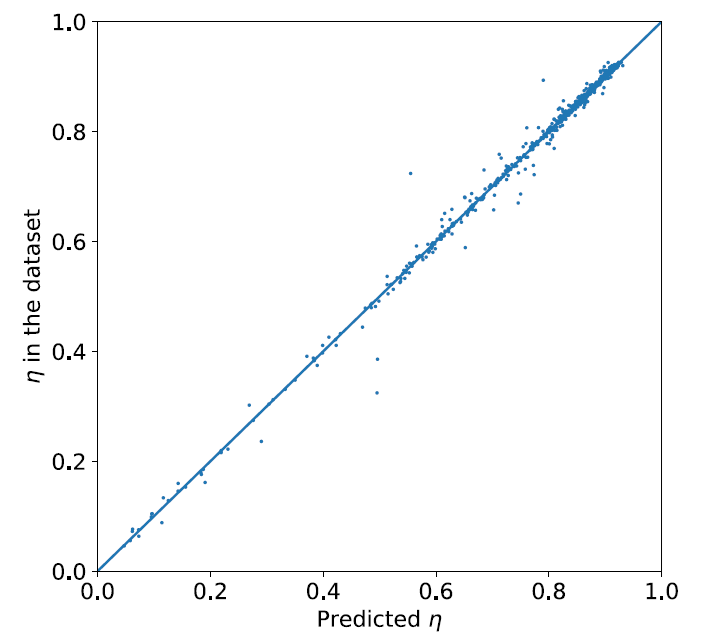New Model Brings HT-ATES into the Heart of Energy Systems
A new study by David Geerts and Wen Liu from Utrecht University and Alexandros Daniilidis from TU Delft presents a groundbreaking solution for integrating High-Temperature Aquifer Thermal Energy Storage (HT-ATES) into energy system modeling. The key innovation? A fast, accurate, and openly accessible data-driven model that estimates the production temperature of HT-ATES systems—without the computational cost of traditional physics-based simulations.

Why This Matters
HT-ATES systems are a crucial technology for decarbonizing heating, which accounts for 40% of global energy consumption. These systems allow excess heat—often from solar or geothermal sources—to be stored in underground aquifers and used during colder months. However, because existing models for HT-ATES are too slow and resource-intensive, they haven’t been used in broader energy system simulations.
The newly developed Data-Driven Model (DDM) addresses that gap directly.
Key Findings
- Blazing Speed: The model generates an HT-ATES temperature profile in less than 0.5 seconds—180,000 times faster than traditional numerical models.
- Reliable Accuracy: With a root mean square error (RMSE) of just 1.22°C, the model closely replicates the results of high-fidelity simulations.
- Wide Applicability: The DDM can model a broad range of HT-ATES configurations, thanks to a comprehensive training dataset and a robust nearest-neighbor algorithm.
- Machine Learning Inside: An extreme gradient boosting (XGBoost) algorithm predicts system recovery efficiency, forming the core of the model’s logic.
Societal Impact
By making HT-ATES modeling fast and accessible, this tool enables its inclusion in large-scale energy system models. This opens the door for:
- Quick feasibility assessments in early-stage HT-ATES project planning,
- System-level analysis of how HT-ATES can reduce CO₂ emissions,
- Smarter energy design, including optimized sizing and integration with other renewable heat sources.
According to Geerts, the model helps answer a critical question: Where does HT-ATES best fit in future district heating systems?

What’s Next?
Future research should leverage this model to explore HT-ATES deployment from a district heating and whole-system perspective. As Geerts notes, “This can lead to a larger perspective on HT-ATES and to find and assess the role of HT-ATES in a district heating system.”
If you are interested in the full paper, it can be found here. .The model and dataset are open-source and available here, making it accessible for researchers, planners, and policymakers worldwide.

PUSH-IT is a project funded by the European Union’s Horizon Europe research and innovation programme under grant agreement No 101096566.
Funded by the European Union. Views and opinions expressed are however those of the author(s) only and do not necessarily reflect those of the European Union. Neither the European Union nor the granting authority can be held responsible for them.
